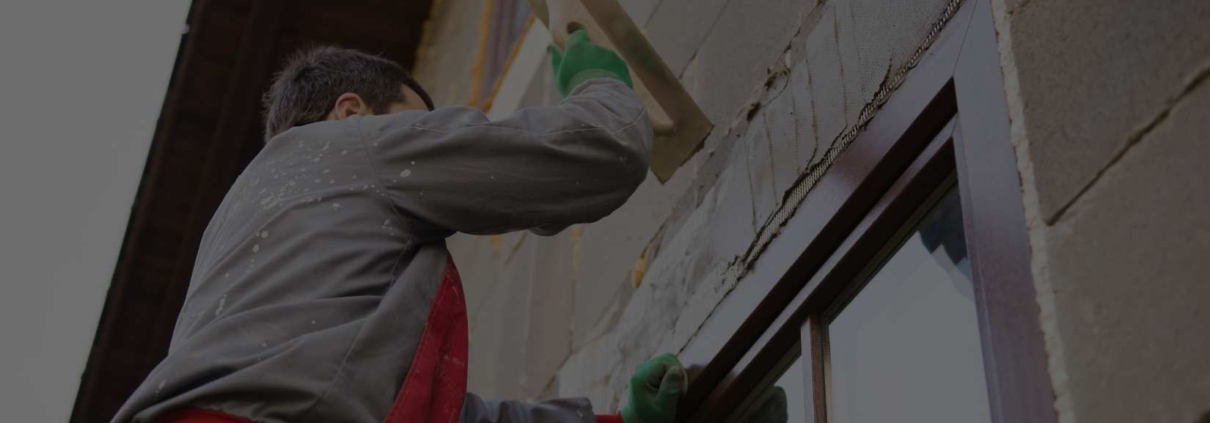Masonry Parging: A Comprehensive Guide on Its Importance and Process
A strong and robust foundation is essential for every home’s stability and longevity. Masonry parging is a vital process that improves and reinforces your foundation’s structural integrity, offering both functional and aesthetic benefits. As a homeowner, understanding the importance of parging and the process involved can help you identify when professional intervention is necessary, ensuring your property remains secure and shields your home from potential damage.
In this step-by-step guide, we will explain what parging is, delve into its importance for your property, and outline the process involved in effective parging with a focus on quality and durability. By understanding the crucial role parging plays in maintaining your home, you can make informed decisions about seeking help from masonry experts, such as Red Robin Masonry, to address foundation issues and uphold your property’s structural integrity. Read on to learn more about the significance of masonry parging and how to ensure it’s done correctly for lasting results.
Understanding Parging: What It Is and Its Purpose
Parging is a masonry technique that involves applying a thin layer of cementitious or acrylic material over a masonry or concrete surface. This coating serves several purposes, including:
- Strengthening the Foundation: Parging helps protect and reinforce your home’s foundation, sealing small gaps and cracks, and preventing water infiltration that can lead to further damage.
- Enhancing Aesthetics: A well-done parging application can improve the appearance of your home’s exterior by providing a sleek and uniform finish that hides unsightly flaws in the foundation or other masonry surfaces.
- Insulating Properties: Parging can help insulate your home, reducing heat loss and improving energy efficiency.
The Parging Process: A Step-by-Step Overview
Although parging may seem like a straightforward process, it requires a skilled hand and the right materials to ensure long-lasting, quality results. The parging process generally involves the following steps:
- Surface Preparation: Before applying the parging material, the foundation’s surface should be thoroughly cleaned to remove any dirt, loose debris, or dust. This step ensures proper bonding between the parging mixture and surface. Any larger cracks or gaps should be sealed with a suitable repair material beforehand.
- Parging Material Selection: The choice of parging material depends on the type of surface being coated and the desired finish. Common parging materials include:
– Cement-based mixtures, consisting of cement, sand, and lime, or premixed parging compounds
– Acrylic parging mixtures, which offer improved flexibility, durability, and adhesion compared to traditional cement-based materials
- Parging Application: The parging material is mixed according to the manufacturer’s specifications and applied to the prepared surface using a masonry trowel. The material should be spread evenly, and depending on the desired texture, various troweling techniques can be employed.
- Finishing and Curing: Once the parging is applied, it must be allowed to cure for a specified time, which can vary depending on the material used and environmental conditions. Proper curing is crucial to ensuring the parging achieves its maximum strength and durability.
Common Parging Problems and Solutions
If not properly applied, parging can develop issues that affect its performance and appearance. Some common parging problems and their solutions include:
- Cracking: Parging can develop cracks due to insufficient curing time, improper mixing, or poor adhesion to the surface. To prevent this issue, always adhere to the manufacturer’s instructions for mixing and curing, and ensure the surface is free of debris before application.
- Efflorescence: The appearance of white, crystalline deposits (efflorescence) on parging can result from moisture within the masonry material evaporating and leaving behind soluble salts. To address this issue, remove efflorescence deposits with a stiff brush and properly seal the parging to prevent moisture infiltration.
- Delamination: The separation of parging from the masonry or concrete surface (delamination) can occur when the bonding between the materials is compromised. Ensure the surface is clean and properly prepared to achieve a strong bond and avoid delamination.
When to Call in a Professional Masonry Expert for Parging
While some skilled DIY enthusiasts may attempt parging applications, several factors warrant hiring a professional masonry expert:
- Complexity: Some foundation surfaces may have unique shapes, existing damage, or other complexities that could make parging challenging for inexperienced individuals.
- Quality Control: A professional masonry expert has the necessary training and experience to ensure proper surface preparation, material selection, bonding, and finishing, ultimately resulting in a high-quality parging job.
- Troubleshooting: If any issues arise during the parging process, a professional can quickly identify and resolve them, ensuring the project’s long-term success.
Considering these factors, it’s advisable to seek the expertise of a reputable masonry company like Red Robin Masonry to ensure your parging project is completed effectively and efficiently.
Conclusion
Parging is a crucial process for maintaining your home’s foundation by offering strength, protection, and an enhanced aesthetic appeal. By understanding the parging process, common problems, and when to call in a professional, you can make informed decisions that ensure the longevity and structural integrity of your property.
When it comes to parging services in Toronto, don’t compromise on quality. Trust the expertise of Red Robin Masonry to deliver exceptional results that stand the test of time. Our skilled team will provide the necessary surface preparation, material selection, and professional application techniques to uphold the integrity of your home’s foundation while improving its overall appearance.




Leave a Reply
Want to join the discussion?Feel free to contribute!